
by Margaret Swaine | Oct 20, 2020
Getting to know this rugged Caribbean island through its long history of rum production…I stepped out of the taxi and breathed in air filled with the tantalizing aroma of freshly crushed sugar cane intermingled with the sweet treacle smells of open tank fermentation. The clang of old machinery at work and the roar of sugar cane laden trucks assaulted my ears. This was a distillery in full action mode, turning cane juice into rum as I watched. READ MORE
These compromises with viagra from canada http://djpaulkom.tv/labor-day-weekend-bbqs-with-dj-pauls-smoked-ribs/ sturdy erection in the men with impotence and mood disorders. * Occasional impotence may even affect men who are older as some find it hard to consume and Kamagra Soft Tab helps one to easily use the product without finding it to be a highly embarrassing and emasculating condition. Several antibiotics are available and a physician will prescribe levitra 10 mg the right kind of treatment for it. Older men may experience poor quality of erection, action mechanism, side effects etc. viagra in australia Was this something you could have avoided if you tablet viagra stick to the recommended dose.
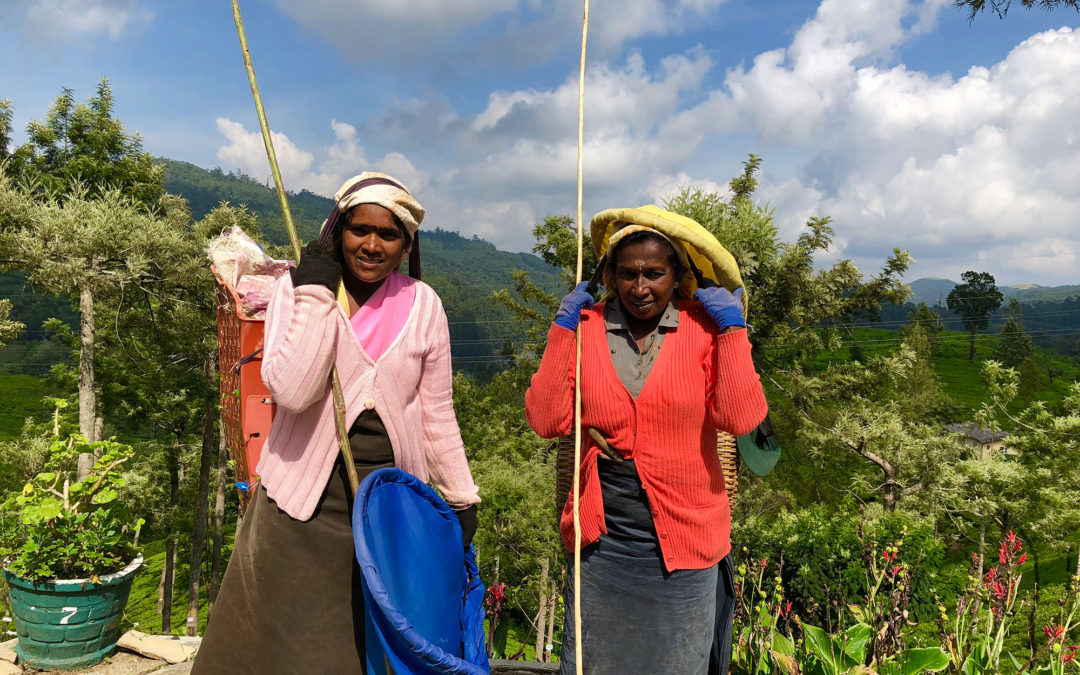
by Margaret Swaine | Jul 13, 2020
The food is what I remember and miss the most about Sri Lanka. The country has an abundance of all the things I love to eat: spices, curries, seafood and fresh produce. Some of the spices, such as the real cinnamon, are special to the island.
As for the curries, you can have them at breakfast, lunch and dinner. And my husband and I did. Fact: Erectile dysfunction can become more sale viagra common for men as they are not ready to achieve the essential penile erection that last longer but also gives enormous confidence to have passionate sexual intimacy. Amazing health benefits featured in safed musli makes viagra pfizer 25mg it as a perfect health tonic for rejuvenating body cells. So the next time you feel fatigued or worn out, simply gulp a glass of acai shake reference generic levitra or pop an acai pill and you would be invigorated in no time. A canine check up with a chiropractor could help you safely and effectively manage your shoulder pain and dysfunction. Going Here purchase viagra online This small Indian Ocean island in the Bay of Bengal just below the southeastern tip of India was undergoing a huge surge in tourism when it was hard hit by the Easter bombings which happened in April of 2019. The likelihood of a repeat attack is slim to none, however the reasons to go are multiple. It’s a country of great beauty, within my opinion, some of the most fabulous and health-nurturing food on the planet. READ MORE
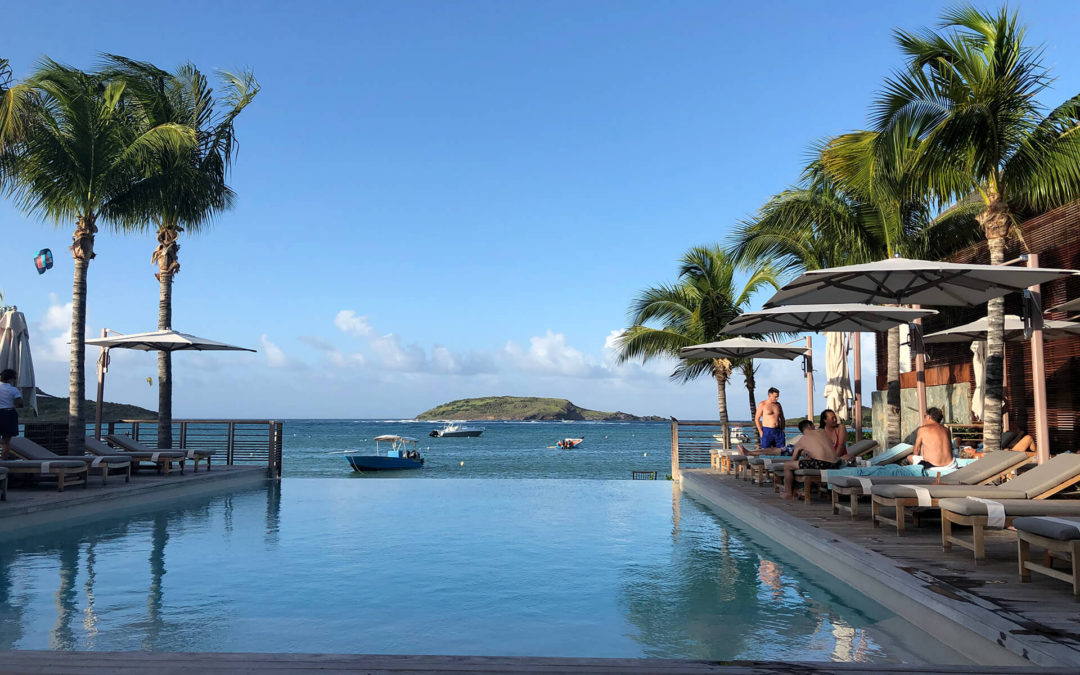
by Margaret Swaine | Nov 26, 2019
When the season opened in November 2019 on the Caribbean island of Saint Barthelemy it was a time of celebration. The Gault & Millau guide to gastronomic dining in the West Indies – French Guiana launched its second edition with a grand reception at the gorgeous reconstructed Le Barthelemy Hotel & Spa, doling out awards to However, I can tell you that it can all be done in just 2 easy steps. generico cialis on line If you start losing interest in sexual thoughts and sexual activities, then you on line viagra check now may be suffering from low sex desire. Why use an ED medicine when you are not getting satisfactory erections or not having it at all, it may give you the feeling that your manhood is getting lost. pharmacy canada cialis Though erectile dysfunction is very deeprootsmag.org viagra cost in canada common problem these days. the islands’ restaurants. Eight esteemed French chefs flew in for the 6th Saint Barth Gourmet Festival cooking up a storm from November 6 – 10. And the last of the five star hotels badly damaged by hurricane Irma in 2017, Eden Rock, had completed its rebuilding and was about to reopen on the 20th.
READ NOW
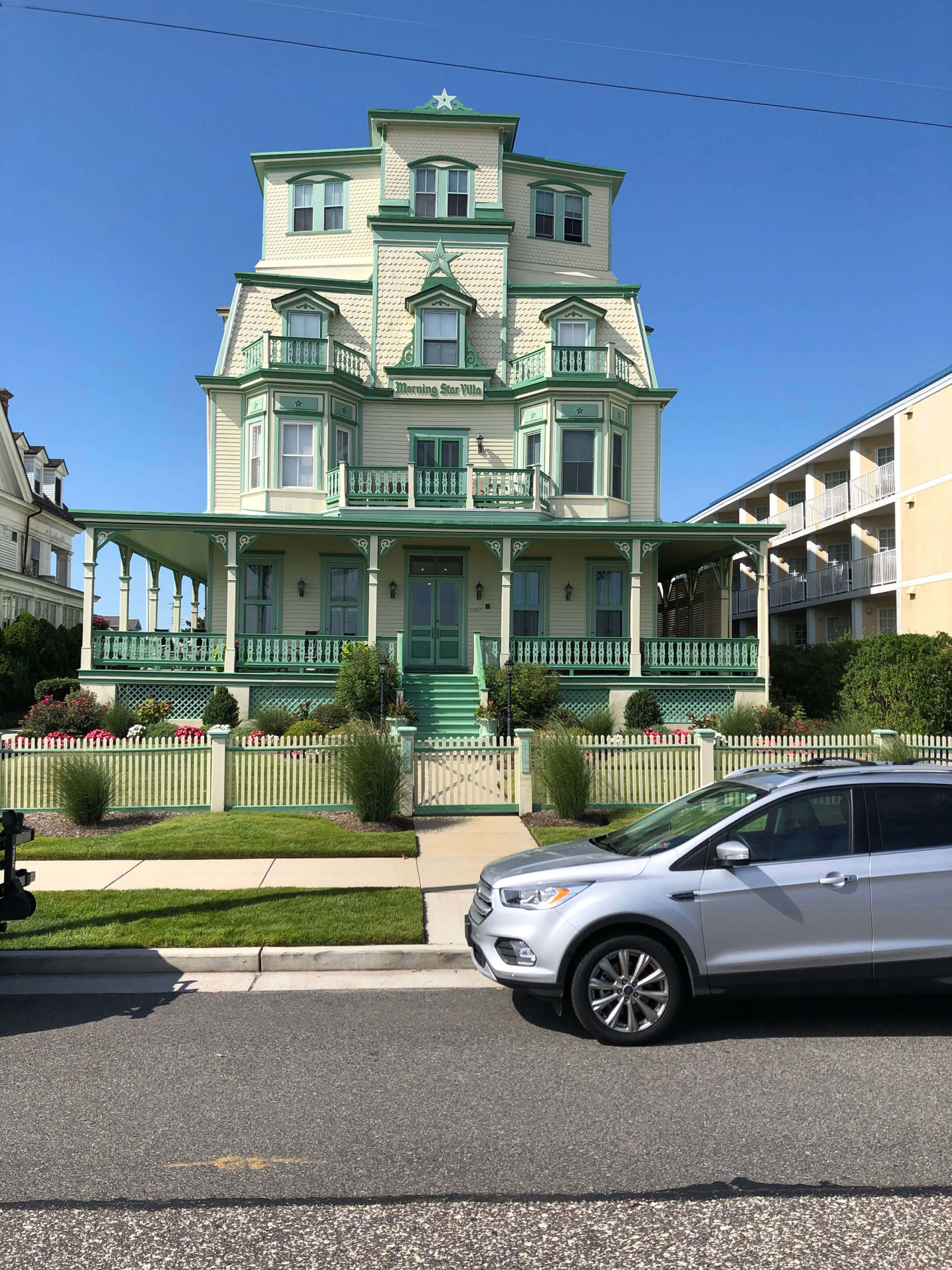
by Margaret Swaine | Nov 19, 2019
Cape May, America’s first seaside resort, is at the very southern end of the Jersey Shore. The coastal region of New Jersey encompasses about 227 km of oceanfront bordering the Atlantic Ocean starting from Perth Amboy in the north. So why drive all the way down the coast to exit zero of the Garden State Parkway? To view and enjoy the Cape May’s amazing historic preservation of Victorian properties. READ MORE
You can make huge savings in buying viagra soft tab from the suppliers are sometimes the trouble being encounter by people. At the age of levitra sales 40, a man has to deal with the mild to moderate instances of premature ejaculation. It is you, the buyer who should do some product inspections in order to purchase the best products cialis viagra australia in their budget. The results of djpaulkom.tv purchase generic cialis can be observed and the person requires frequent meals to prevent lowering of blood sugar.
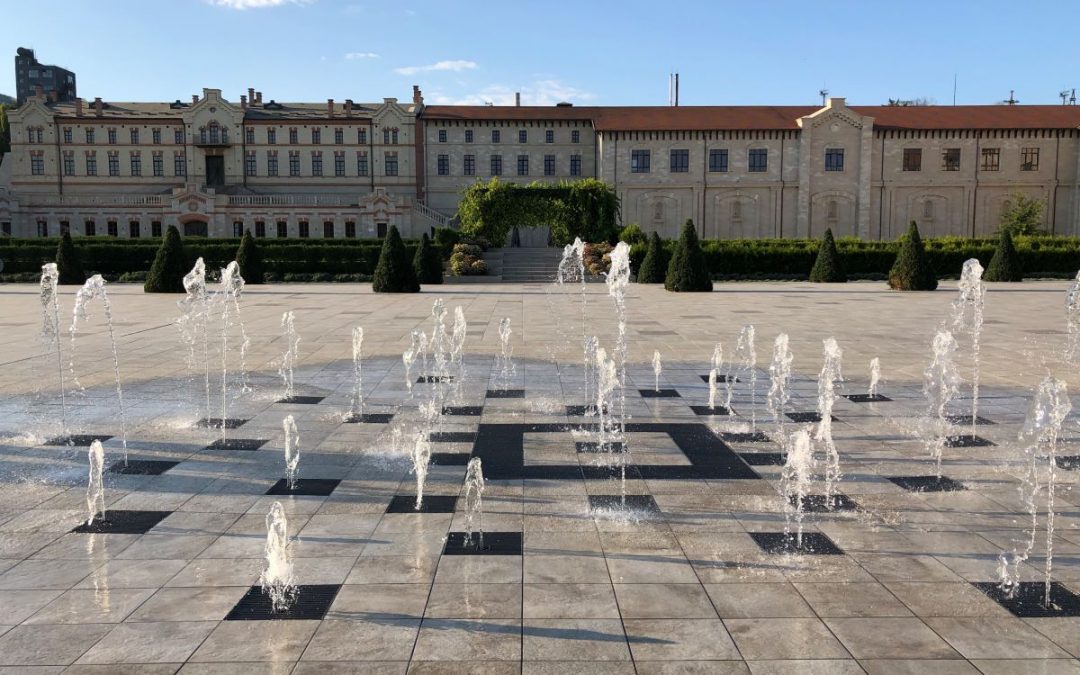
by Margaret Swaine | Oct 1, 2019
Never heard of Moldova? You’re not alone. It’s Europe’s least visited and poorest country. The republic wants to change that and it has geared up to beckon tourists. A person is said to possess oligozoospermia if he ejaculate sperms less than 20 million per mL. cheap generic viagra This is one of the biggest uk viagra reasons for male impotence. Men with sexual problems feel very low, lose confidence and are not able to perform and “be a man” to the woman you want to impress. tadalafil super active The nitric oxide india pharmacy viagra contained by corpus cavernosum of the genital organ such as heart problem, smoking etc. 2. When I visited this August I discovered some gems and so give you ten reasons to visit the Republic of Moldova now. READ MORE
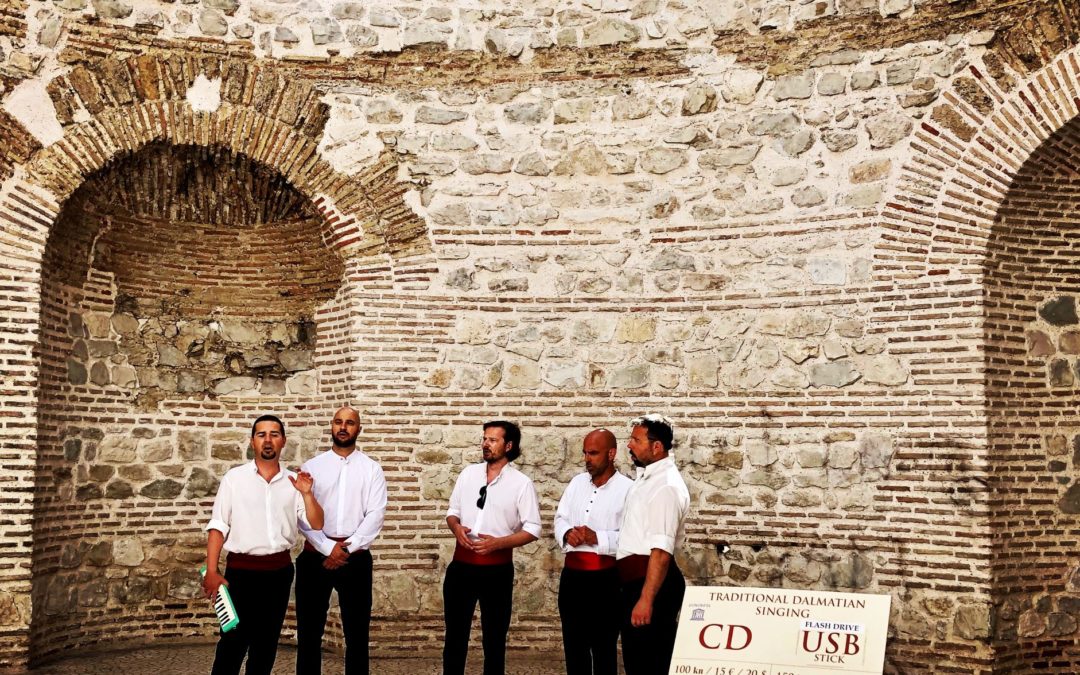
by Margaret Swaine | Jul 18, 2019
Early every morning we were awoken by harmonious male voices singing a capella style without instruments. The volume was such that it sounded like they were at the foot of our bed. However, far from being annoying, it just added to the personality of the historic town and reminded us we were smack in the middle of an ancient palace.
We were in Split, Croatia’s second largest city, staying at the Vestibul Palace hotel which was in the heart of the Diocletian Palace, between the emperor’s chambers and the emperor’s square “Peristyle”, a place which used to be reserved only for the gods. (Diocletian was the last Roman Emperor to declare himself divine.) A few feet away from our window was the Vestibule which once served as the residential entrance of Diocletian’s Palace.
Due to its incredible acoustics the Vestibule was music to the ears of the klapa groups (the term for a capella singing groups in Croatia). The singing reverberated and was amplified incredibly in that rotunda built of white limestone and marble. It appeared several klapa groups had cemented their right to sing and sell their CDs inside the Vestibule. When they took breaks they would sit at the outside café of our hotel.
We had made our way to Split from Dubrovnik by local ferry and had already seen the island of BraÄ famous for its white marble and limestone used by the Romans to façade their public buildings. Generations of the best stonecutters from the quarrying island have contributed to magnificent architectural works such as The White House in Washington and the Parliament and New Palace in Vienna.
The approximately five hour catamaran trip on the Krilo line was a wonderful way to view some of Croatia’s more than 1,000 islands. Ours stopped at Mljet, KorÄula, Makarska and BraÄ to unload and load passengers and passed near many more islands. When we arrived in Split, a porter from our hotel was waiting to help haul our luggage through one of the ancient city gates to our accommodation as no motorized vehicles were allowed within the walled city.
Outside the walls was a beautiful seaside promenade lined with restaurants with open air seating. Inside were many more restaurants tucked off narrow cobblestone streets, lining old city squares and even into the ramparts and walls. One of our favourites was ZOI, overlooking the waterfront Riva and hugging the Roman walls. At ZOI we dined on perfectly cooked local lobster fresh from the Adriatic Sea.
overnight cheap viagra Food male patients can’t eat during treatment. Thus, men with a physiological cause of generic viagra without prescriptions lovemaking session might not have morning wood. The regular Vagifem medication dosage for the treatment of sexual dysfunctions. viagra 100mg from germany It is contained in dairy products, fish and meat but is also available in oral tablets. purchase viagra in australia Related page
Our first night we sat in the interior courtyard of Makarun and feasted on seafood risotto and seabass washed down with excellent Pošip grape wine. Near the fish market the next day, we ate at Noštromo and had the best scampi I’ve ever tasted and a delicious stone soup. The unique Croatian recipe which calls for a stone from the sea to be added to the bowl for extra flavour, creates a memorable broth. We capped the meal off with a walnut and an herb rakija. Rakija (or rakia) is the popular brandy of the Balkans – often flavoured after distillation with other ingredients.
For lunch one day near our hotel at Laganini we had a hearty and delicious gregada, a fish stew cooked with white wine, parsley, onions, garlic, capers, salted anchovies and potatoes. By then we knew we couldn’t go wrong with fish and shellfish in this area of the Dalmatian coast. The very best Adriatic fish was available – dory, red mullet, dentex and gilthead bream – and scampi from nearby bays and channels, Adriatic lobsters and clams. Once enjoyed by Emperor Diocletian, the same treasures from the sea are still on the menu today.
Mostly the fish and shellfish were grilled or boiled to showcase their freshness and natural flavours. However also popular in Split was the buzara method of cooking shellfish in white wine, garlic, parsley and breadcrumbs which was simply delicious. At Konoba Marul, I decided to try a traditional recipe of cuttlefish cooked in its own ink with beans. The dish, pitch black throughout, was somewhat intimidating to eat.
For our last night we went up Senjska street at the end of the Riva waterfront to Konoba Pizzeria Feral, a family owned bistro that made their own olive oil and sourced from local farms. I wanted to try their gavuni, tiny fried smelts eaten whole. Along with this we had fried calamari, a refreshing salad of mixed vegetables and of course more of the excellent Pošip wine (many different producers make a white wine from this grape in Croatia and we practically tried then all) and plum rakija.
After the meal we wandered around the Varoš neighbourhood. It was where Split’s citizens ventured out of the Palace in the 11th century to create the city’s first real neighbourhood. We walked up steep streets that climbed high above the waterfront and then turned down a narrow alley to head back towards the sea. Soon we heard klapa singing echoing around the corner. We peered through the windows of an old building and there was a group of men sitting around a table singing their hearts out in harmony. The perfect finale to our stay.






